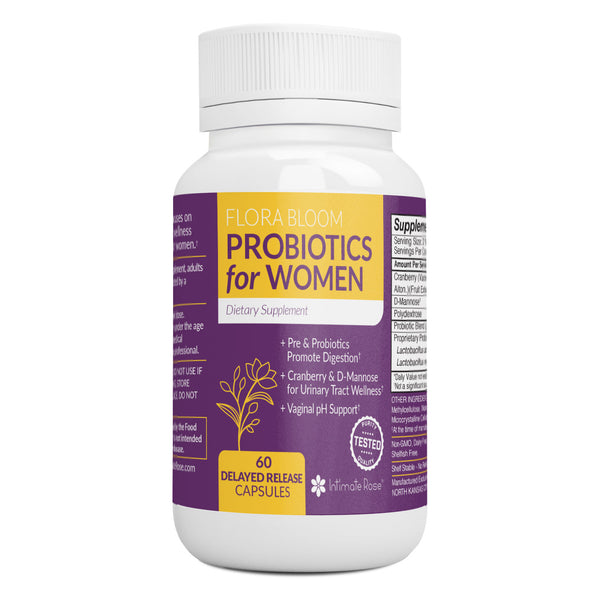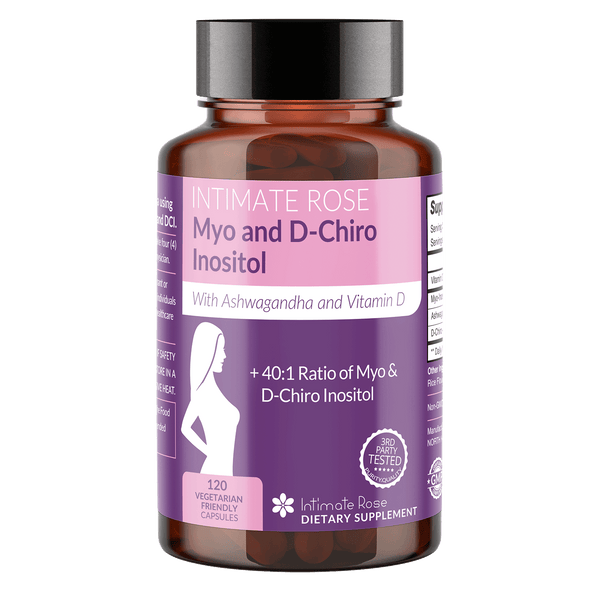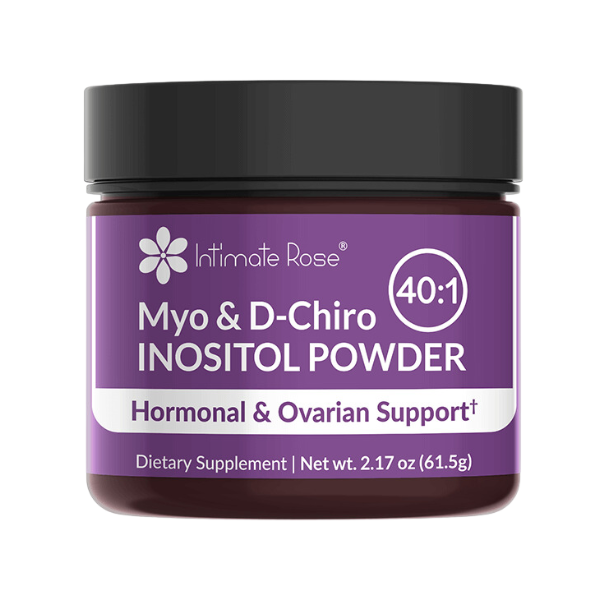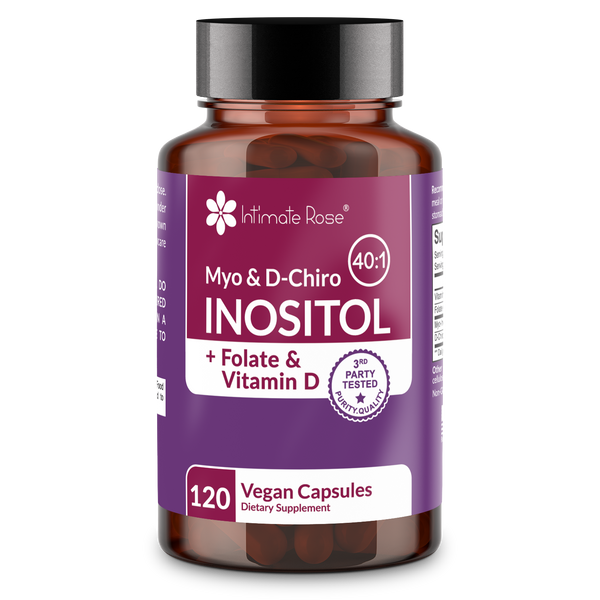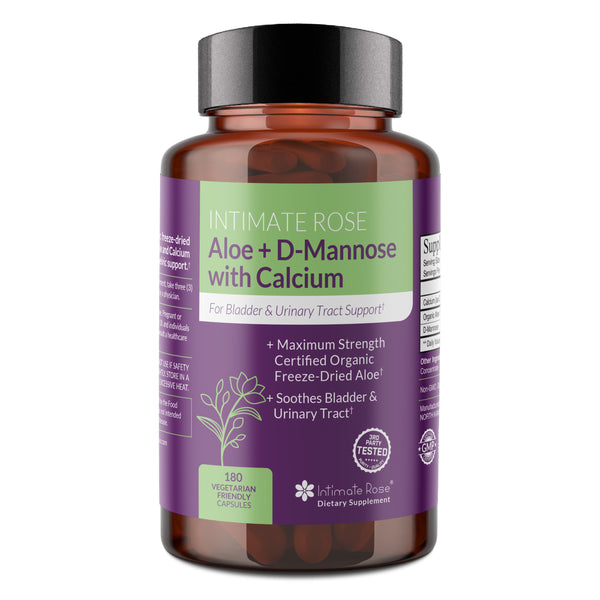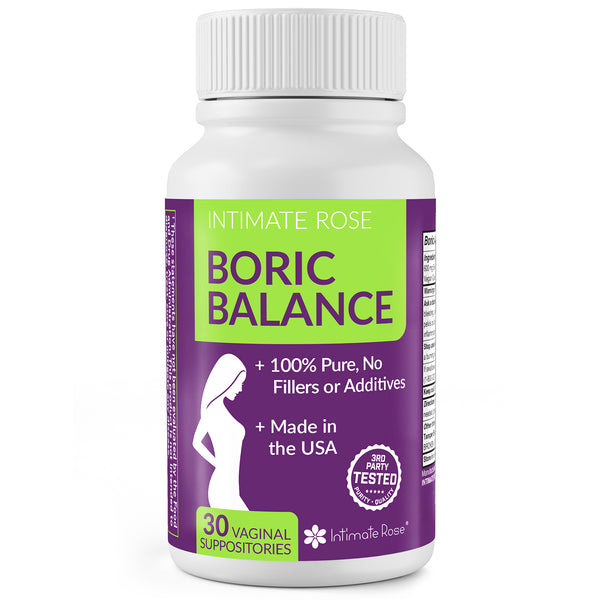Why Your Vaginal Discharge is White | White/Grey Vaginal Discharge | Conclusion
While it might seem alarming, it is normal for women to experience white vaginal discharge. Also known as cervical mucus, this fluid is the body's natural method of lubricating the vagina, preparing for ovulation & pregnancy, as well as discarding harmful bacteria and germs.
When it changes to a lumpy texture, however, or is accompanied by an unpleasant smell, then white vaginal discharge is usually a sign of infection.
Read on for more insight into white vaginal discharge, how it can signal particular stages in the menstrual cycle, and its meaning when it changes texture, odor, or viscosity.
Thin Milky Vaginal Discharge
A thin milky white vaginal discharge with the consistency of an egg-white is experienced by many women during pre-ovulation (days 10-14 of the monthly cycle).
This thin and slippery discharge is a healthy sign and indicates that the ovaries are preparing to release an egg. This type of discharge also helps sperm to move through the cervix to fertilize the egg.
Additionally, this thinning of a usually thicker vaginal discharge can be used to monitor a woman’s fertility. A regular, monthly show of this thin egg-white discharge, for example, indicates a healthy cycle and regular ovulation.
As the cycle draws closer to menstruation, this thin egg-white discharge usually becomes cloudier with a thicker texture.
Thick White Discharge
Because vaginal discharge is controlled by female hormones, it regularly changes throughout the month, depending on what stage the reproductive system is entering.
A thick white vaginal discharge, for example, is normally a sign that women are ovulating, i.e. an ovary is releasing an egg, which usually occurs on day 14 of the cycle.
When recognized, this natural monthly occurrence, which is also known as fertile discharge, can alert women who are trying to get pregnant that they are ovulating. Alternatively, it also helps women who are not yet ready to conceive to take precautions during intercourse.
After ovulation, some women will find that their amount of vaginal discharge increases. Some women may even find that they need to wear a panty liner due to the extra discharge, however, this is perfectly normal and nothing to worry about as long as it is not accompanied by an unpleasant odor.
Why Your Vaginal Discharge is White, Thick & Sticky?
Just as women experience a certain type of discharge pre-ovulation and when ovulating, it also changes once the thick discharge signaling ovulation subsides.
Post ovulation, (days 14-22) the female body produces more progesterone, which results in a stickier white discharge. This occurs to prevent sperm from entering the cervix or uterus and it also helps to avoid harmful bacteria from entering the cervix, thereby blocking infections from taking hold.
When White Discharge Means Pregnancy
The milky, egg-white-like discharge that can occur during pre-ovulation can also be a sign of early pregnancy. As well as clearing bacteria and germs from the vagina, this milky discharge also helps to form the mucus plug for the cervix that stops bacteria from spreading into the uterus during pregnancy.
White/Grey Vaginal Discharge
A white-grayish-colored vaginal discharge that is accompanied by an unpleasant or fishy-smelling odor is not considered healthy and is normally symptomatic of a vaginal infection called Bacterial Vaginosis (BV).
Bacterial Vaginosis is an infection caused by the overgrowth of certain bacteria in the vagina, which in turn upsets the natural pH balance. As well as the white-gray color and unpleasant odor, additional symptoms can include a burning sensation during urination, vaginal itching and sores on the vulva.
Although it is more prevalent in women aged 15-44, women of any age can be affected by BV. Certain activities like unprotected sex, smoking, and douching are thought to increase the risk of infection.
While antibiotics are usually necessary to treat BV, supplements like Boric Acid Suppositories from Intimate Rose, are specially designed to work quickly to help soothe irritation and rebalance the vaginal microflora, as well as prevent recurring BV infections.
The Ultimate Vaginal Bundle

What Does Thick White Lumpy Vaginal Discharge Mean?
When the consistency of white or cream-colored vaginal discharge resembles Cottage Cheese, emits an intense odor, and is accompanied by itching or irritation of the vulva, it is more than likely a yeast infection.
Pain during intercourse could also be a side effect of a yeast infection and discharge has been known to turn a yellow-green color if left untreated for too long.
While the presence of yeast in the vagina is perfectly normal, the natural pH balance can be upset when a fungus known as Candida Albicans is allowed to thrive and become an infection. This can be caused by stress, the use of birth control pills, or antibiotics to treat another condition.
Yeast infections are usually cured with over-the-counter treatments. In addition, a regular intake of probiotics, like Intimate Rose Flora Bloom Probiotics, is widely recommended by OB/GYNs as a natural remedy to maintain a healthy pH balance and prevent further yeast infections.
Conclusion
In most cases, white vaginal discharge signals a healthy reproductive system. Although it may change from a slippery egg-white consistency to a thicker and cloudier viscosity at certain times of the month, white discharge is usually nothing to worry about. However, if it is accompanied by a foul odor or a lumpy cottage cheese-like thickness, it could be a sign of infection.
Should you suspect you have a vaginal infection like Bacterial Vaginosis or a recurring yeast infection, it is always best to consult with your doctor for treatment.
References
Cleveland Clinic - How to Decode Your Vaginal Discharge - https://health.clevelandclinic.org/vaginal-discharge-mean/
Medical News Today – What to Know About Cervical Mucus and Fertile Discharge https://www.medicalnewstoday.com/articles/323503
Mayo Clinic – Vaginal Odor - https://www.mayoclinic.org/symptoms/vaginal-odor/basics/causes/sym-20050664
National Center for Biotechnology Information – Clinicians use of Intravaginal Boric Acid Maintenance Therapy for Recurrent Vulvovaginal Candidiasis and Bacterial Vaginosis -https://www.ncbi.nlm.nih.gov/pmc/articles/PMC6878170/
Mayo Clinic – Yeast Infection Signs & Symptoms - https://www.webmd.com/women/guide/common-symptoms-of-a-yeast-infection

Things Off Down There?





